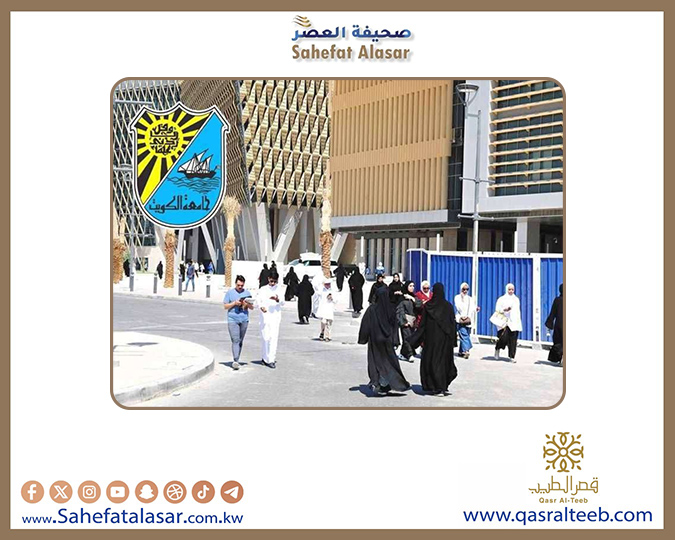


The Egyptian Ministry of Tourism and Antiquities announced today, Thursday, the discovery of a tomb belonging to a military leader from the era of King Ramses III (the second king of the 20th Dynasty), along with a collection of collective and individual tombs from the Greek-Roman and Late Periods in Ismailia Governorate.
In a statement, the Ministry quoted the Secretary-General of the Supreme Council of Antiquities, Mohamed Ismail, emphasizing "the significance of this discovery, as it highlights the military importance of the archaeological site of Tell Roud in protecting the eastern borders of the country. It also underscores the role of fortresses and strongholds in safeguarding and defending the nation during the New Kingdom era."
Ismail stated that some of the artifacts found inside the military leader's tomb, including several bronze arrowheads and remnants of a scepter, indicate the high status and importance of the tomb's owner, who held a prominent military position.
For his part, the head of the Egyptian Antiquities Sector, Mohamed Abdel-Badi, mentioned that the tomb is constructed of mudbrick and consists of a main burial chamber and three additional chambers, with walls coated internally with a layer of white plaster.
He added that during excavation and archaeological cleaning work inside the tomb, the mission uncovered a human skeleton covered with a layer of cartonnage, dating to a later period than the tomb itself, suggesting the possibility of its reuse in another era.
Abdel-Badi pointed out the discovery of a collection of alabaster vessels, all in a good state of preservation and decorated with inscriptions and traces of colors, including two cartouches of King Horemheb, one of the most important military leaders and warrior kings of the 18th Dynasty.
He also noted the discovery of a gold ring bearing the cartouche of King Ramses III, a collection of beads and stones of various shapes and colors, and a small ivory box.
Meanwhile, the head of the Central Administration for Antiquities of Lower Egypt and Sinai, Qutb Fawzi, explained that the mission found human skeletal remains inside the collective tombs, which date back to the Greek and Roman periods.
He added that the mission discovered amulets of the goddess Taweret and the god Bes, along with the Eye of Horus, inside the individual tombs dating to the Late Period.

